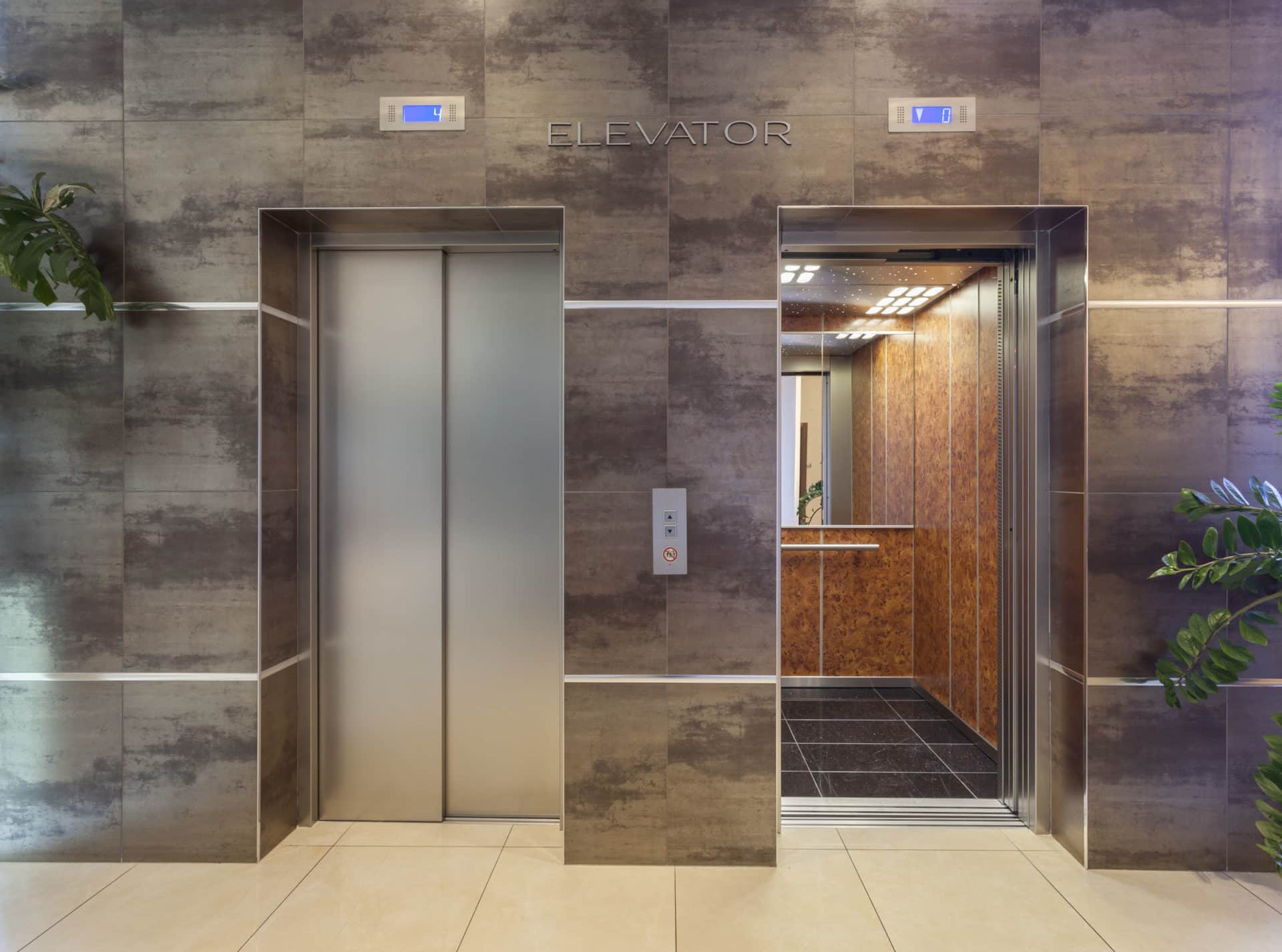Free Consultation
Free Consultation

In our city, elevators are everywhere – and for good reason. After all, who wants to face the prospect of using stairs in buildings with dozens of floors – or more.
Unfortunately, they do come with risks. A recent story from Nebraska is a reminder that although we use elevators every day, they can cause some serious injuries – and even deaths.
A 25-year old woman got caught between the ground floor of her home and the elevator’s decking and died. It took emergency personnel 20 minutes to free her from the elevator device, which she used to get around her residence. She was unconscious when she was found, and once she was freed, she was pronounced dead.
Authorities are ruling this death as an accident, and it’s true that many elevator deaths are accidents. However, just because something is an “accident” does not mean that it wasn’t preventable.
In this post, we’re going to cover the common causes of elevator accidents and who may be held accountable if these accidents cause injury or death.
Slip and fall injuries are some of the most common personal injury cases in general, and riders face many types of slip and fall risks when they get in an elevator.
If the elevator is not level, riders may find themselves having to hop a gap between the elevator car and the floor once the doors open. This gap is especially dangerous for children, people with poor vision, or those who use wheelchairs.
If the elevator malfunctions and the doors open when the car isn’t properly aligned, riders may even find themselves falling into the elevator shaft.
Like the woman from Nebraska, getting caught as the elevator moves can cause gruesome injuries or deaths. This risk doesn’t just apply to riders, either. Inspectors or maintenance workers who come into contact with elevators risk injuries or death as they look at and repair these devices.
Data from The Center for Construction Research and Training shows that getting caught between two parts of an elevator causes one in five elevator accidents. This is the second-highest cause of elevator accidents, following slips and falls.
Electrocution is another cause of injuries among riders and maintenance workers. Jam packed elevators or improper training may increase the risk of electrocution and other electricity-related injuries.
Many “freak accidents” involving elevators could have been avoided with proper maintenance and inspections. The Department of Buildings (DOB) has rules about how often elevators should be inspected for problems that may cause injuries, but even this wouldn’t entirely solve the problem.
Why? Because a recent investigation revealed that these inspections may be completed by untrained mechanics.
How many inspections weren’t completed by DOB-approved professionals? In 2015 alone, over 14,000 inspections missed the mark. Some of these mandated inspections were not done at all. Others were completed by mechanics who were not properly trained.
When mechanics aren’t properly trained, they may fail to notice hazards. In 2015, a New Yorker was killed due to an elevator with a faulty brake. The elevator had been inspected by two professionals earlier in the year, but they failed to spot this serious risk.
When landlords hire an inspector who fails to notice faulty brakes or other hazards, they put lives at risk – and may be liable if those risks actually hurt tenants.
If you or a loved one is injured by an elevator, it is important to team up with a New York personal injury lawyer who has handled elevator accident cases before and understands how they work. Finding the person who is at fault for an elevator accident may not be easy, but it should be done – both to help you get the compensation you deserve, and to hold the responsible parties accountable.